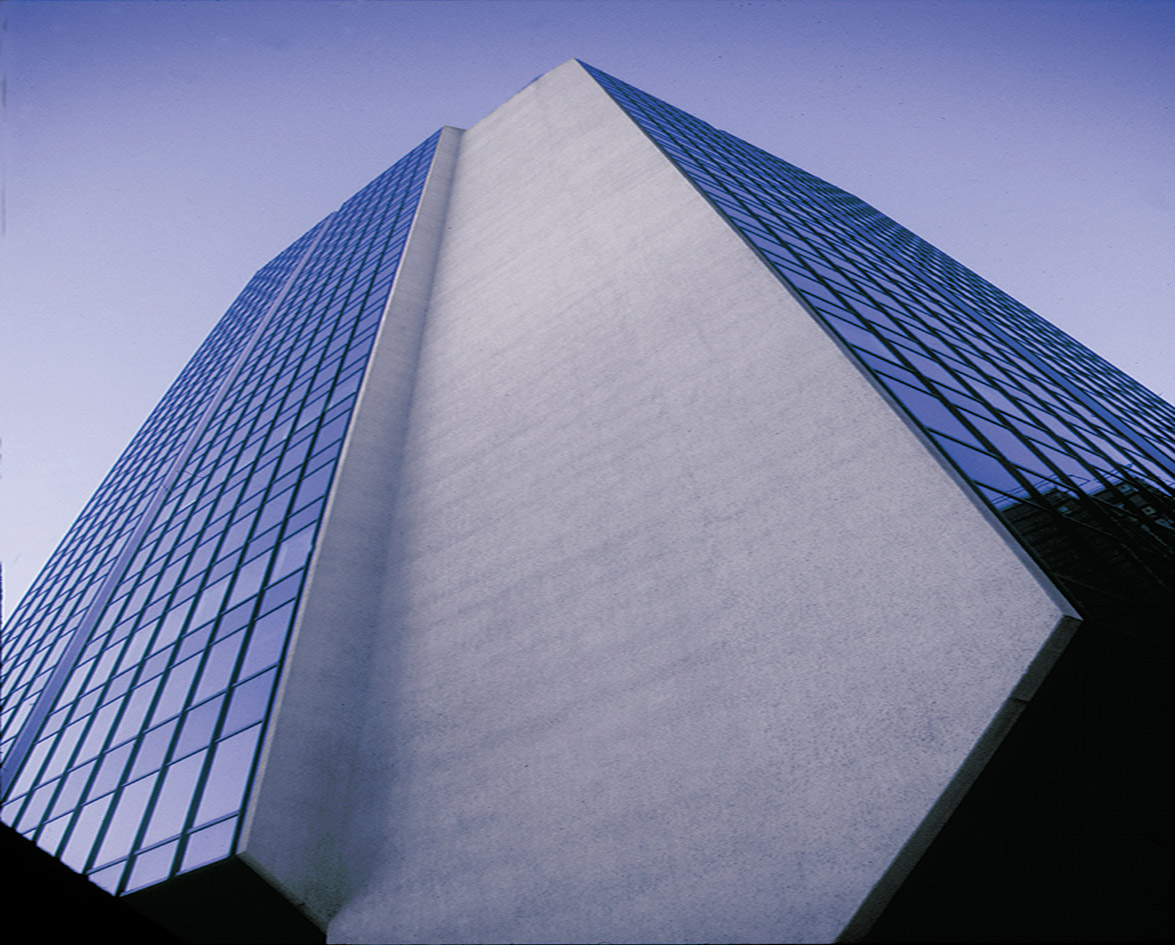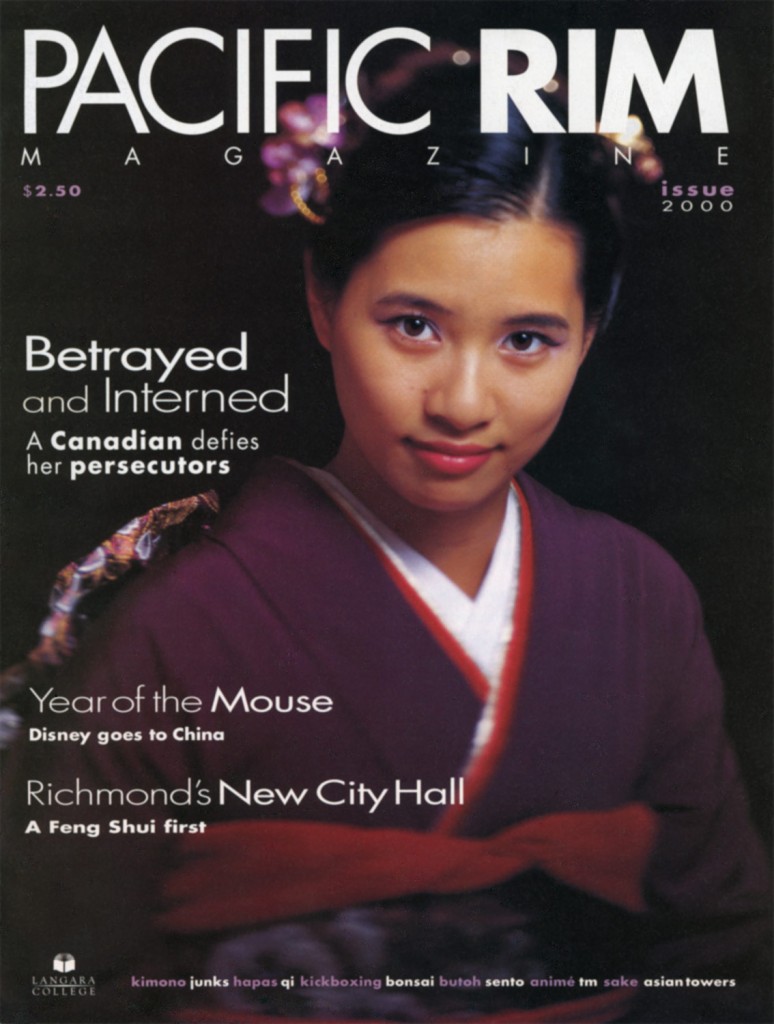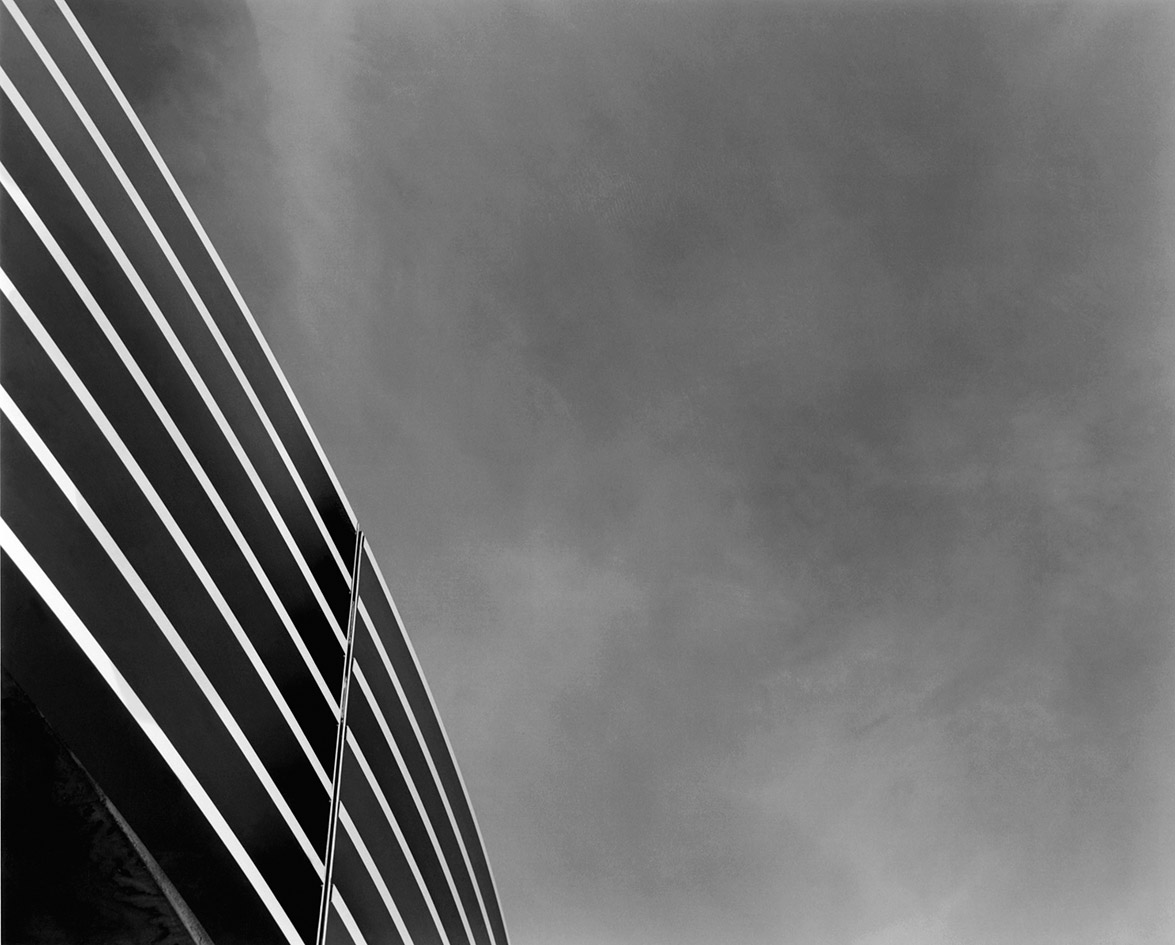America may hold the history of the skyscraper, but Asia holds its future.
Skyscrapers Move Outside Of North America
Long associated with prosperous American cities such as New York and Chicago, skyscrapers are increasingly filling Pacific Rim skylines. In fact, according to the Council on Tall Buildings and Urban Habitat (CTBUH), more than one-third of the world’s 100 tallest buildings are outside America. Just as the Empire State Building defined New York City, Malaysia’s Petronas Towers have put Kuala Lumpur on the map.
At 452 metres, the Petronas Towers are currently the world’s tallest buildings, surpassing Chicago’s Sears Tower, which held the title for 20 years. Completed in 1996, the Towers not only house the offices of Petronas, Malaysia’s national oil company, they also quarter a mosque and symphony concert hall. Yet despite completion only four short years ago, the Towers are already in danger of losing their title. There are presently plans in Hong Kong, Australia, and America to break the record.
In Chicago, the 7 South Dearborn project is vying for the title of tallest building at a projected height of 472 metres. And—in the spirit of edifice envy that characterizes sky-scraper construction—the Shanghai World Financial Centre wants to redesign its own building to surpass 7 South Dearborn so it can be the world’s tallest building at its 2001 completion date. So eager is the company to claim this title that the president of the company building the Centre, Minoru Mori of the Mori Building Company, refused to disclose the new target height to the Chicago Tribune saying, “Some people might want to surpass it again.”
Skyscrapers Also Constructed For Perceived Needs
Of course, skyscrapers aren’t just built for records; they are also constructed for perceived needs, particularly those related to business and multi-use dwellings. But more often than not, new high-rises are built for the perception of modernity rather than need. Luciano Zago relates how—when Bing Thom Architects (BTA) were invited to participate in a competition to design the New Dalian Central Area in China—the company was impelled to fill its proposed plan with high-rises; if it wanted to win, it had to show a contemporary city with tall buildings.
But skyscraper symbolism doesn’t come cheap. Zago, who has worked with BTA for six years and has been involved in much of the company’s work in China, notes that countries pour money into erecting skyscrapers. He points to Hong Kong’s Shanghai Bank as a prime example. The people behind the bank wanted to spend a lot on their buildings in order to demonstrate faith in Hong Kong’s economic and political stability, especially after China’s take over. They ended up building what was, at that point, the most expensive per square foot high-rise in the world, even though alternate—and cheaper—solutions existed. In this case, Zago believes the height of the building was very much a symbolic gesture.
Skyscrapers are thus, in many cases, self-fulfilling prophecies. Symbolic of progress and prestige, skyscrapers sprout up in developing counties, erected in the hope that the image of success will bring success itself. And in their quest to go ever upward, high-rises suggest that the sky’s the limit, no matter the true cost of their construction.











